Polhena Beach in Matara
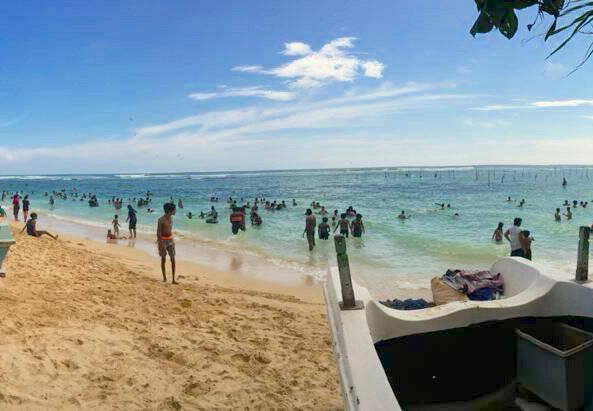
Polhena Beach is a picturesque and serene beach located in the southern part of Sri Lanka, about 2 kilometers away from Matara city. This beach is a perfect destination for travelers seeking a peaceful and relaxing vacation with family and friends. The beach is known for its crystal-clear waters, stunning coral reefs, and calm and […]
Kande Viharaya Temple in Beruwala
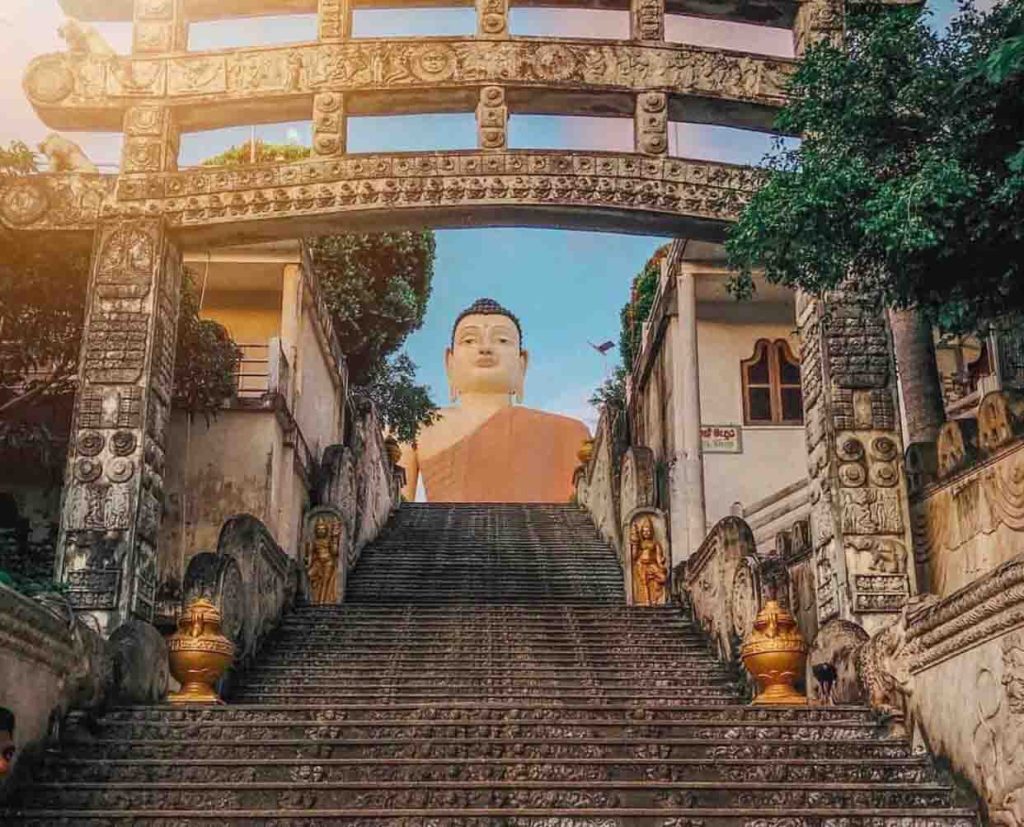
Beruwala is a small town located on the southwestern coast of Sri Lanka. The town is known for its beautiful beaches, delicious seafood, and rich cultural heritage. Kande Viharaya Temple, also known as the Temple of the Hill, is one of the most popular cultural attractions in Beruwala. The Kande Viharaya Temple is located on […]
Peradeniya Botanical Garden
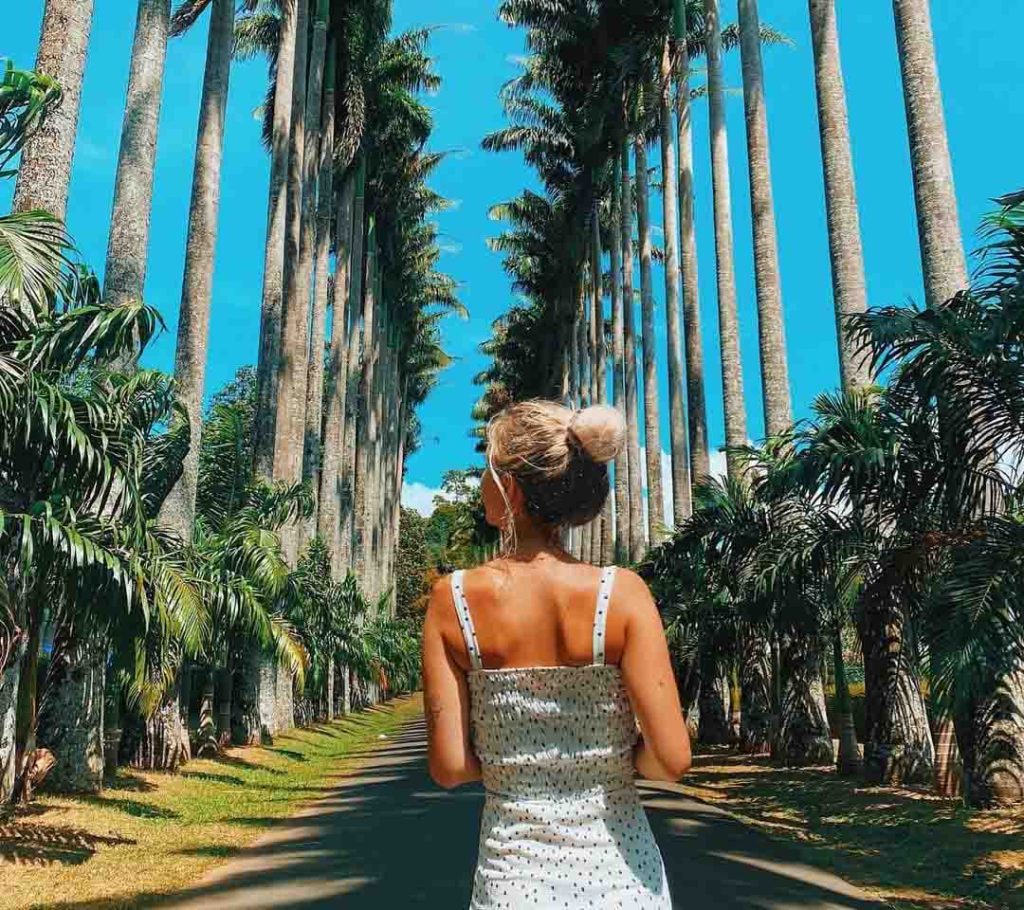
Peradeniya Botanical Garden is one of the most popular attractions in Sri Lanka. Located on the outskirts of the city of Kandy, this beautiful garden is known for its diverse collection of plants and its serene ambiance. Spread across an area of 147 acres, the garden is a paradise for nature lovers, horticulturists, and anyone […]
Ambuluwawa Tower in Sri Lanka
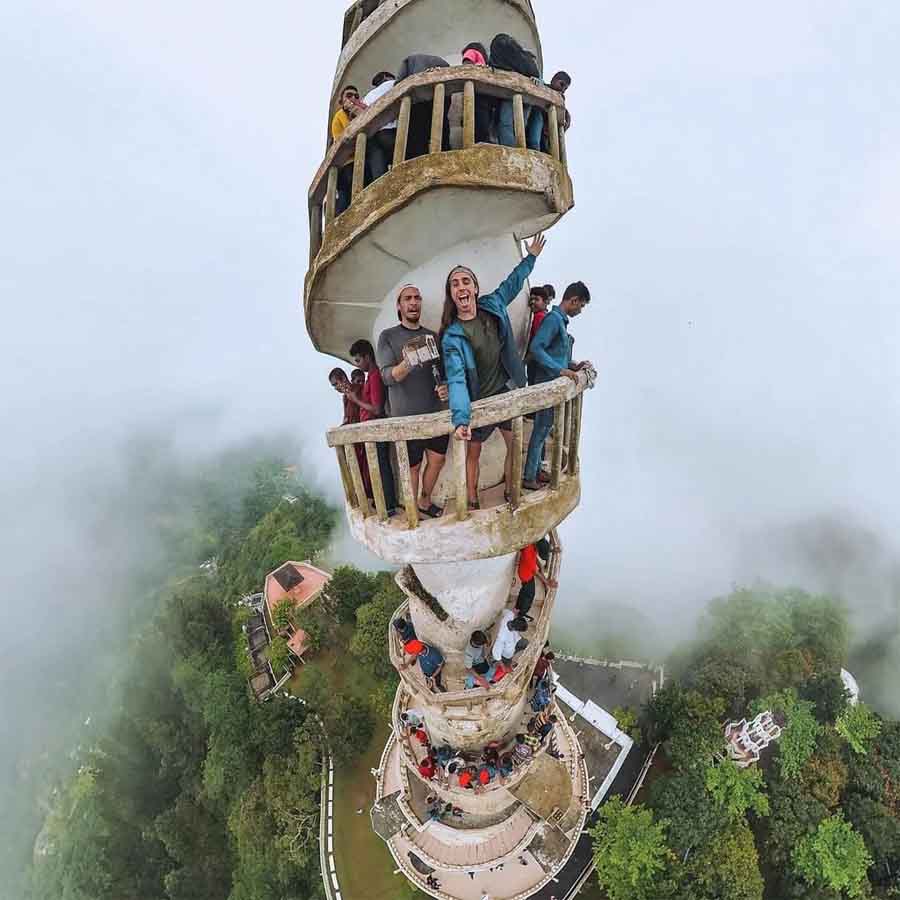
Ambuluwawa Tower is a popular tourist destination that offers a breathtaking view of the surrounding landscapes. This tower is located near the town of Gampola, in the central province of Sri Lanka. The tower is built on top of the Ambuluwawa mountain, which is part of the Ambuluwawa forest reserve. The distance to the place […]
Pinnawala Elephant Orphanage
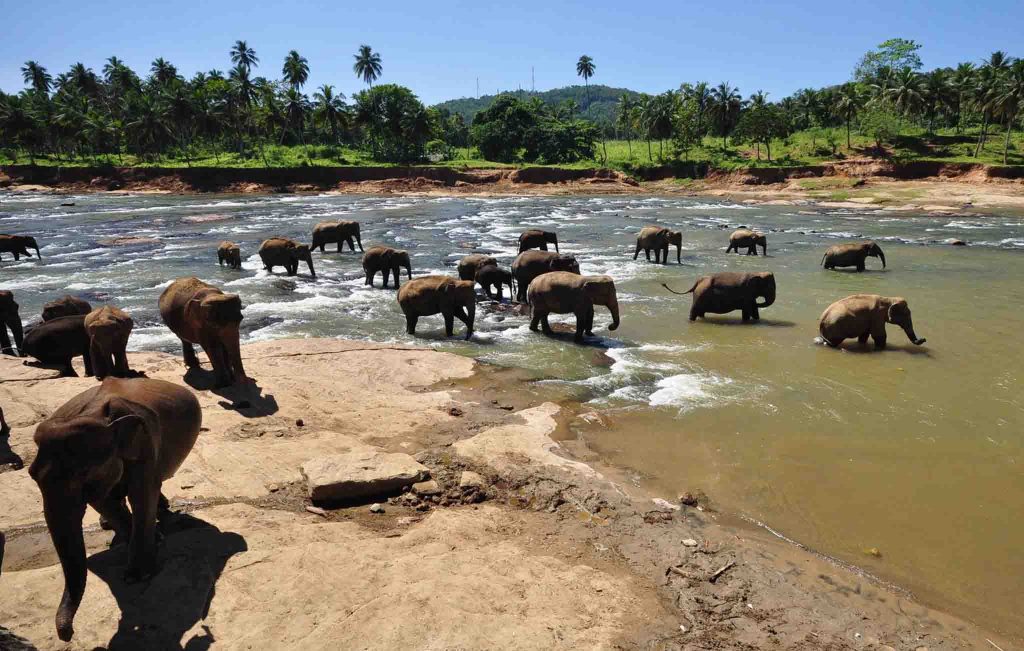
The Pinnawala Elephant Orphanage is a unique and popular attraction in Sri Lanka. Located in the village of Pinnawala in Sabaragamauwa Province, about 90 kilometers northeast of Colombo, the orphanage is home to a large number of rescued elephants (around 80) that have been given a second chance at life. The elephants are taken care […]
Stilt Fishing in Sri Lanka
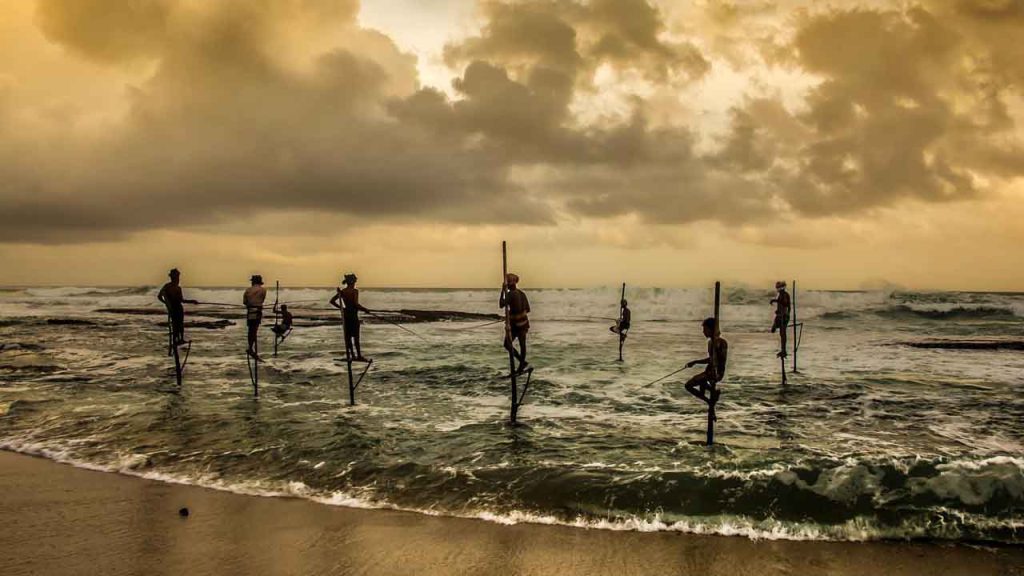
Stilt fishing is a traditional method of fishing that is unique to Sri Lanka. This method involves fishermen perching on a tall, narrow pole known as a stilt, which is driven deep into the water and casting their lines into the sea below. The stilt is usually made from a strong, flexible wood such as […]
Toddy Tapping in Sri Lanka
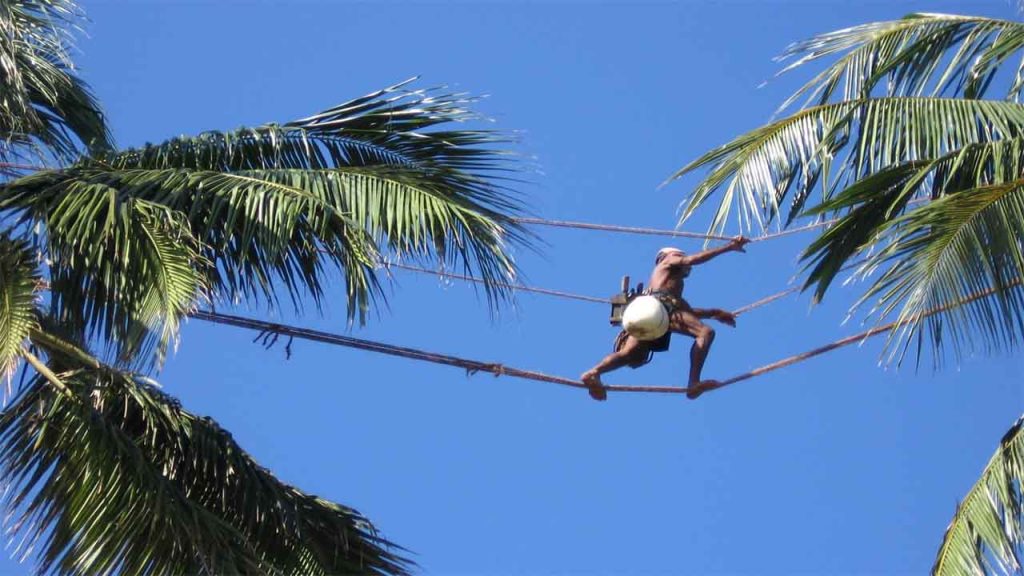
Toddy Tapping in Sri Lanka: A Traditional Industry Preserved by Skilled Tappers and Unique Locations Toddy tapping is an age-old tradition in Sri Lanka that involves extracting sap from the inflorescence of the coconut palm tree, which is then fermented to produce toddy, a mildly alcoholic beverage. Toddy has been an important part of Sri […]
Coconut Tree Hills in Mirissa
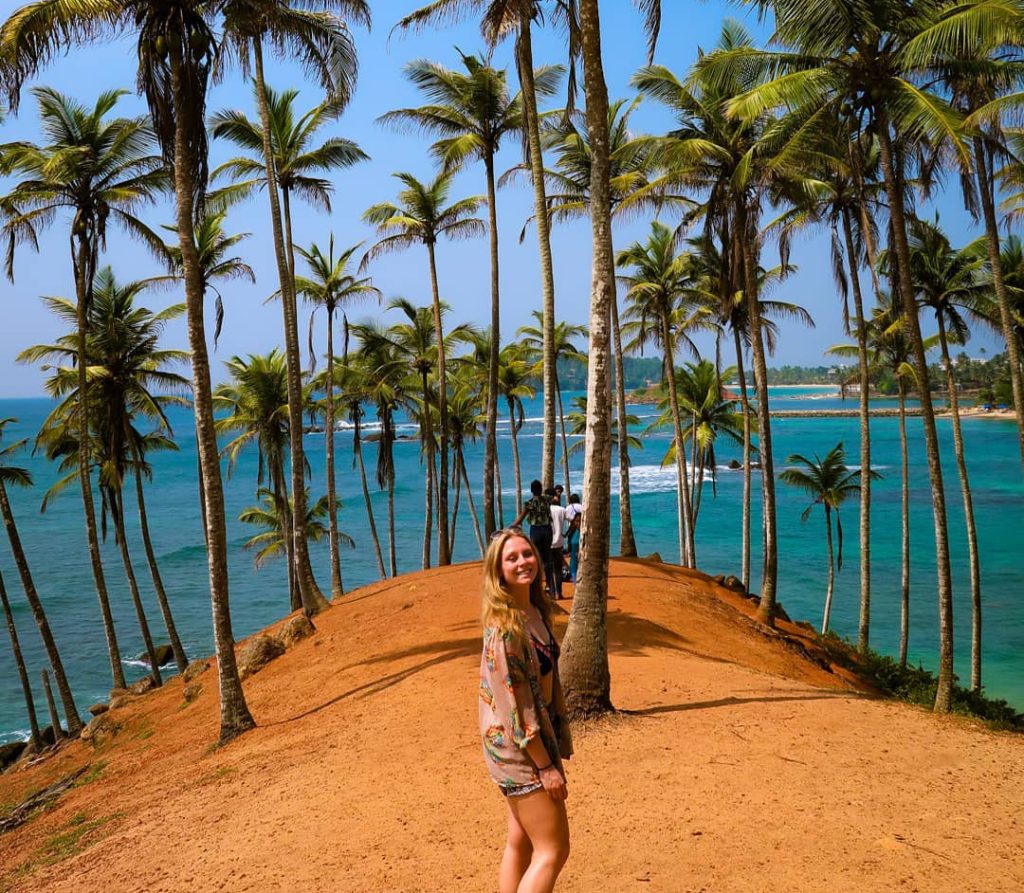
Coconut Tree Hills is a recently famous tourist attraction in Sri Lanka, where it is situated in the Mirissa area of the Southern Province. The picture of this place will definitely come up on Google Images when someone is searching “Sri Lanka.” It is a nice little dome-shaped hill surrounded by palm trees. Coconut Tree […]
Unawatuna Beach in Galle
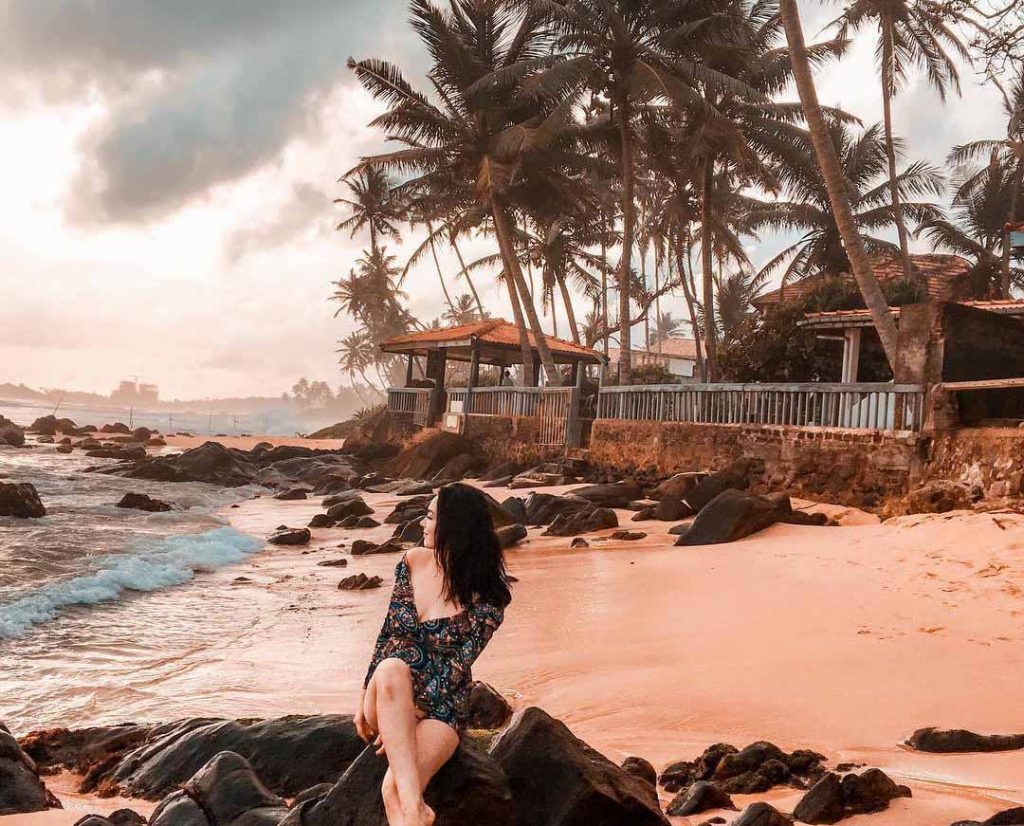
Unawatuna Beach is one of the most famous tourist attractions in Sri Lanka. The beach is situated on the southwestern coast of the island. It is a superb spot for safe swimming in the country, which is another best places to visit in Galle. The distance to Unawatuna Beach from Colombo is 145 km, and […]
Hummanaya Blowhole in Dickwella
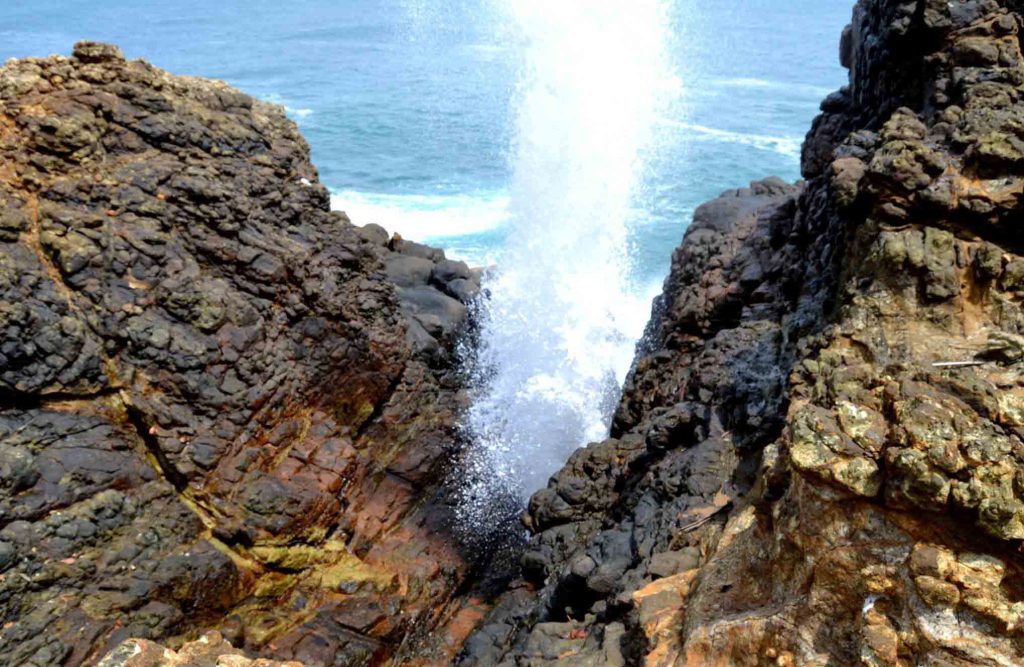
Hummanaya Blowhole is a natural wonder of Sri Lanka, situated in the Dickwella area of the Southern Province. The Blowhole is the second-largest in the world and the largest in the country. It is also a nice place to visit in the Matara area of Sri Lanka. Hummanaya Blowhole is situated in Kudawella Village, which […]
